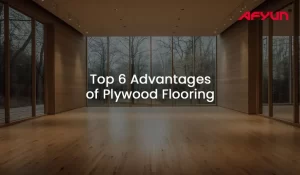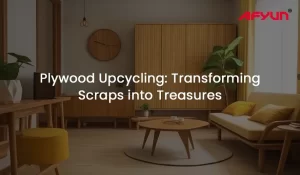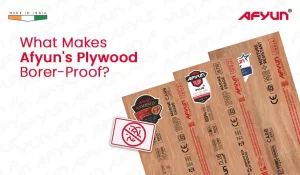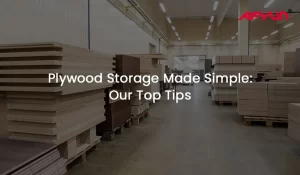No one wants unfinished and rough-edged plywood in their project.
However, it is common to have edges where the grain and finish do not match the other sides.
This is where edge banding comes into play, providing an aesthetic touch to your creation.
Read along to dive into the world of edge banding, exploring its purpose, applications, and the materials needed to achieve a polished finish.
What Is Edge Banding?
Edge banding is a technique employed in woodworking to cover the exposed edges of plywood, particleboard, or MDF (Medium-Density Fiberboard).
The process involves applying a thin strip of material, often matching the surface finish of the board, to cover and protect the raw edges.
This not only improves the visual appearance of the furniture but also shields the edges from wear and tear, humidity, and other environmental factors.
When To Use Edge Banding
To Enhance Aesthetics
Edge banding is especially beneficial when working with materials that have unsightly edges.
Plywood, for instance, often reveals its layered structure and edge banding helps in creating a refined look.
To Increase Durability
Furniture edges are vulnerable to chipping and damage over time.
Edge banding acts as a protective barrier, preventing the core material from being exposed and ensuring a longer lifespan for your designs.
To Resist Moisture
In areas prone to humidity or moisture, like kitchens and bathrooms, unprotected plywood edges tend to deform.
Applying edge banding with moisture-resistant materials adds a layer of defense against these environmental challenges.
For Customization
Edge banding allows for creative customization.
If you desire a contrasting color for a modern look or a natural wood finish to maintain a traditional aesthetic, edge banding provides a versatile solution.
Materials Needed For Edge Banding Plywood
Edge Banding Tape or Strips
This is the primary material used for covering the edges. It comes in various materials, including:
- Wood veneer
- PVC
- ABS
- Melamine
You can choose the one that aligns with your needs and budget.
Edge Banding Trimmer
To ensure a clean and precise finish, a trimmer is essential. This tool is used to cut off excess banding material, leaving a smooth edge.
Adhesive
Depending on the type of edge banding material chosen, a compatible adhesive is required.
Some edge banding comes with a pre-applied adhesive, while others may require a separate glue application.
Fine Grit Sandpaper
Smoothing out the edges before applying the banding ensures better adhesion and a more polished final appearance.
In A Nutshell
Edge banding stands out as a crucial technique for both aesthetic appeal and functional durability.
Now you don’t have to worry about refitting the plywood during repurposing, all thanks to edge banding.
Your plywood will withstand all the wear and tear, thus valuing the time and money you spent on the project.
Quick Links:
Plywood Price | Plywood Price in India | Calibrated Plywood Price | Gurjan Plywood | Fire Retardant Plywood | Waterproof Plywood | Marine Plywood Price










